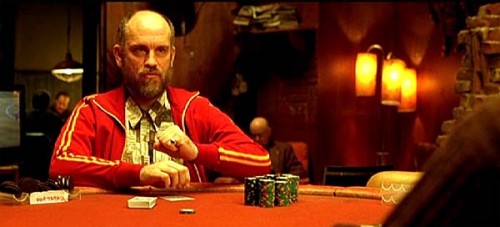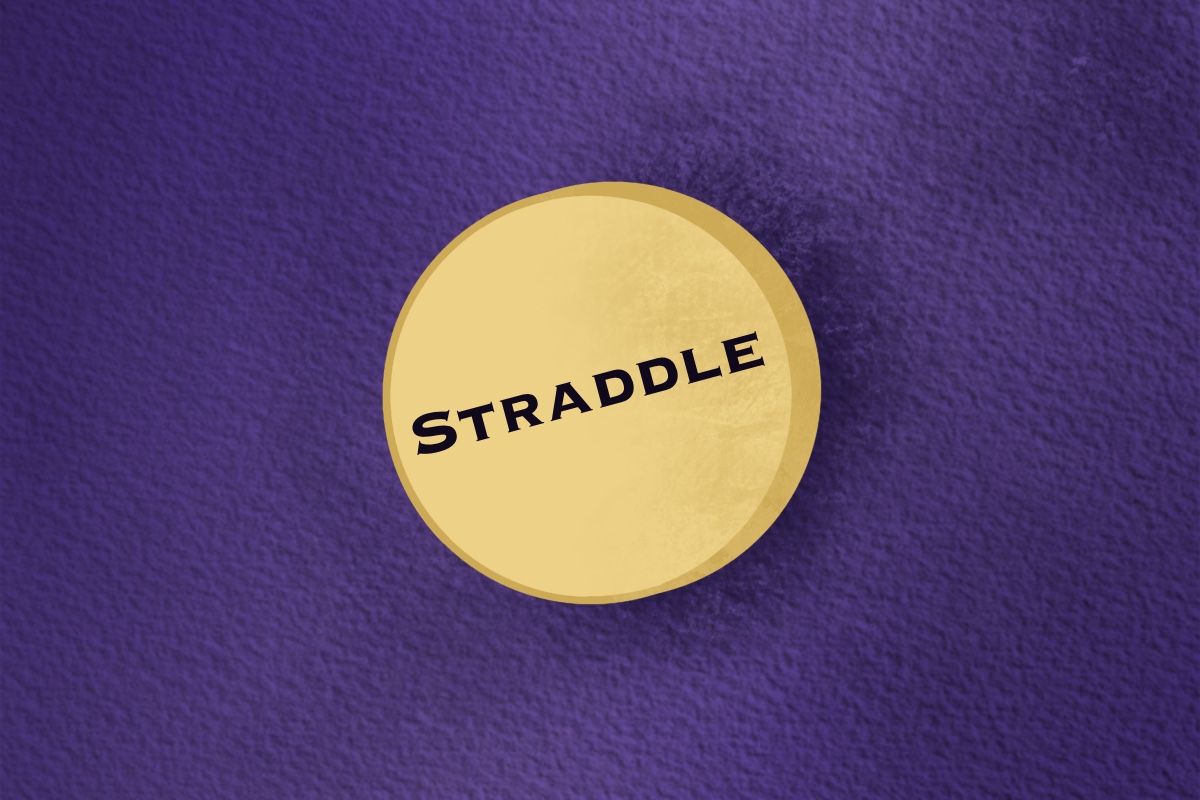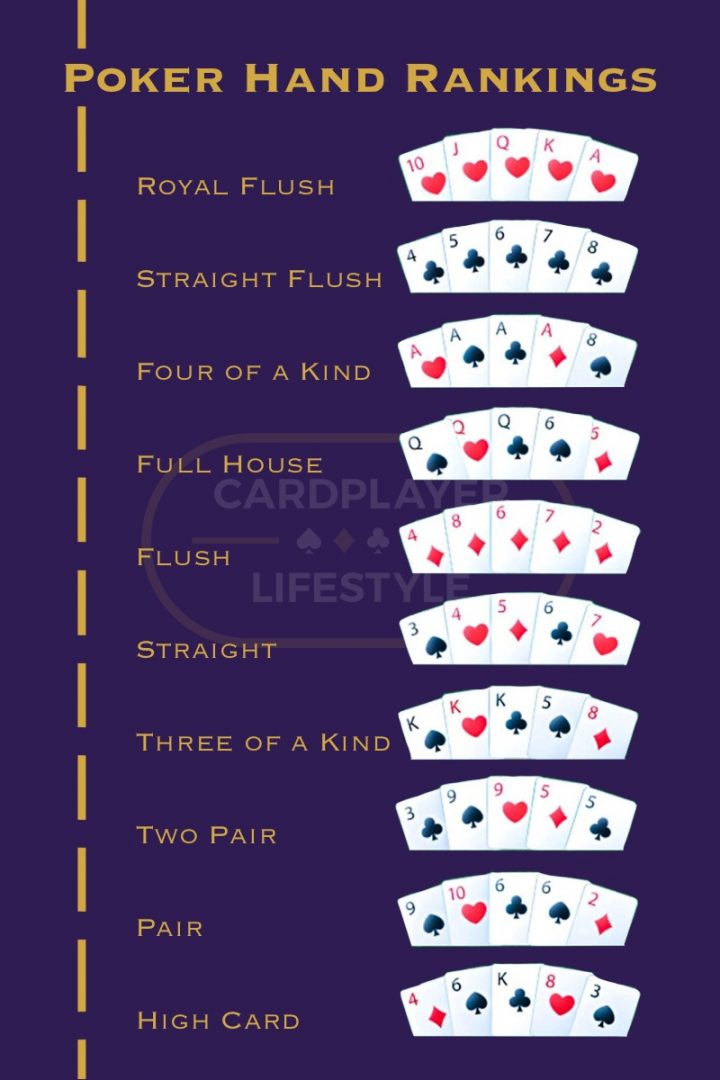Check-raised on the river? Before you act, answer these key questions: Could I still have the best hand, and does my opponent have the guts to pull off this risky bluff? The river check-raise is a clear signal a player has you crushed, and it’s time to fold. Every time my river bet is check-raised, I have a sneaking suspicion my opponent’s trying to pull a fast one. Emotions aside, I’ve found folding to the river check-raise is almost always the correct decision. Exceptions come into play when you have a strong read on a player, he’s abusing the river check-raise or the story he’s telling just doesn’t add up.

All night he check, check, check…
The river-check raise is a powerful strategy in poker. It can be used to back your opponents into a corner, and catch them in a bluff. It may be the most aggressive move a player can make, which explains why it’s underused in both online poker, and in live games. Players in the 2013 World Series of Poker Main Event went out of their way to check-raise the river, 4-bet, 5-bet shove and put as much pressure as possible on their tablemates. You can count on the November Niners (e.g., like Amir Lehavot) to include the river-check raise in their range at the WSOP Main Event Final Table.
How to Decipher the River Check-Raise
Players usually check-raise the river with two pair or better, so consider your reads and stats before insta-calling with an overpair. Before betting the river, ask yourself if your hand is strong enough to withstand a check-raise. If not, check or bet small enough that you can get away from the hand. Decide what you will do if you’re check-raised before you bet, and stick to the plan. When the board flushes on the river, you’re nut hand suddenly runs the risk of becoming second best against your opponents. Don’t automatically fold when a flush comes in, but give your opponent credit if you don’t know how they play or you’re unsure. Here’s what happened when I went against what the board texture and my instincts were telling me in a $10 Sit N Go:
With blinds at 20/40, I picked up 9s-9h from UTG+1 and raised to 100. My opponent called in the BB. The flop came down 9d-Jd–3c and I bet 110 with my set. My opponent came along. The turn was safe, the 6h. I bet 240, about half pot, hoping for a call. Bad news came on the river when an Ad completed the flush. I was concerned, but put in a small value bet of 375. When my opponent check-raised me all-in, it was clear to me that he had the flush. I couldn’t find the fold button, and called off the remainder of my stack, of course to find my opponent holding a king high flush.
Who Check-Raises as a Bluff?
Good, aggressive players are capable of balancing their river check-raising range between the nuts and complete air. They pull off bluffs by relying on their hand-reading abilities to find the right spots to represent a monster. Advanced players look for coordinated boards to tell a story that makes sense. For instance, check-raising when the river completes a flush tells your opponent you made your draw. With beginners, the story is one of desperation and wounded egos. They use the play as a last-ditch attempt to take down a pot. Newbies are also often transparent about chasing draws, then check-raising all-in when the river bricks.
Check-Raising: Why it Belongs in Your Game
When the betting ends, the river check-raise is the last opportunity to extract value from opponents when you hold the winning hand. When you don’t, take advantage of tight players who fold too easily, by check-raising them off their hands on the river. It’s a great play to use on a player who’s taking advantage of you, and stop loose-aggressive players from stealing every pot. It only works if you can be reasonably certain a player will bet the river when checked to. Bluffy players make ideal targets, happy to throw out a bet at any sign of weakness. Don’t think about trying this move on a calling station.
Final Thoughts: Benefits of Check-Raising
Poker players have less experience betting the river, because most hands don’t make it further than the flop. The benefits of the river check-raise go beyond each individual hand. Once your opponents realize you are likely to check-raise their river bets, they’ll be less likely to make them, and instead start checking back, giving you free cards.
Check-raising the river with the best possible hand is a no brainer. The hard part of utilizing this strategy is betting an amount your opponent is likely to call. Check-raise bluffing is player dependent, so consider your opponent’s tendencies. Next, look at the board, and if the conditions are right, put your opponent in the hot seat with the river-check-raise.
The river-check raise is an aggressive strategy, so you should attempt to take down more pots and improve your table image. Don’t overdo it, or other players will catch on and exploit you. Include bluffs in your range, because if your opponents realize you’re only check-raising the river for value, they’ll fold every time.







Comments